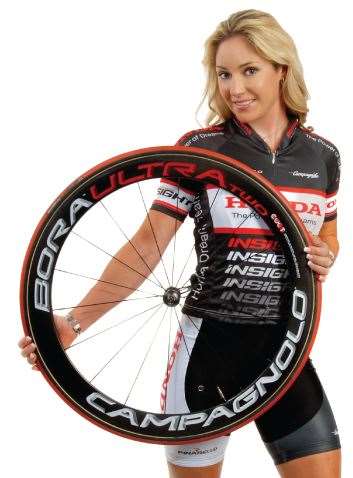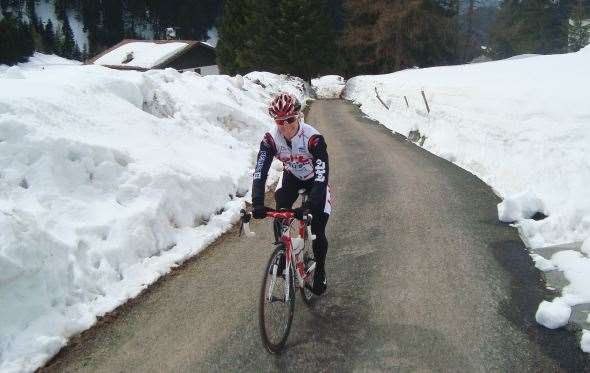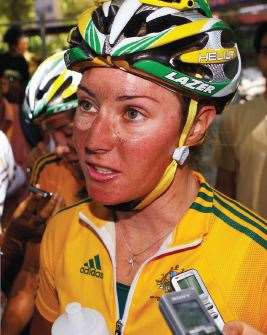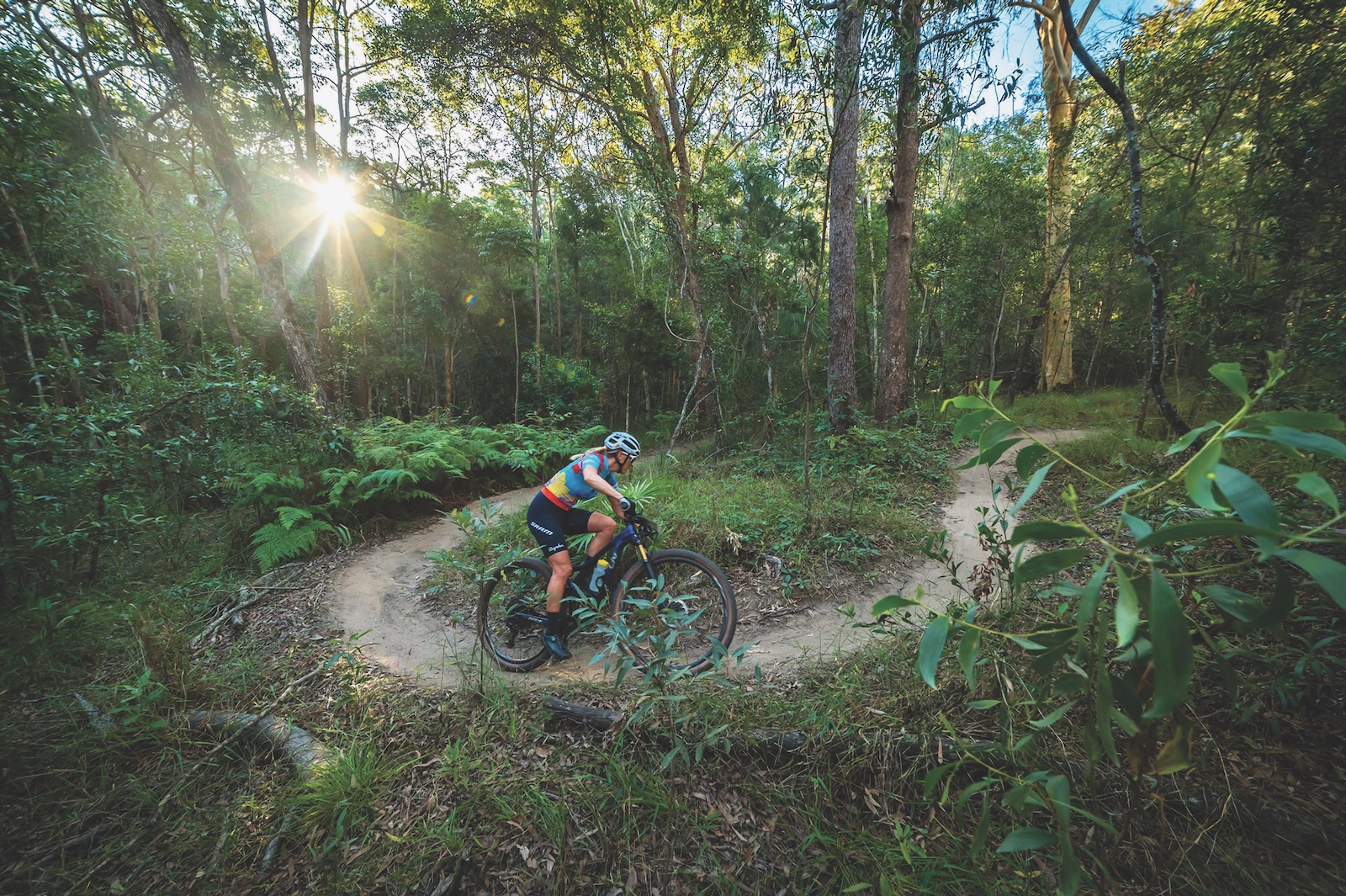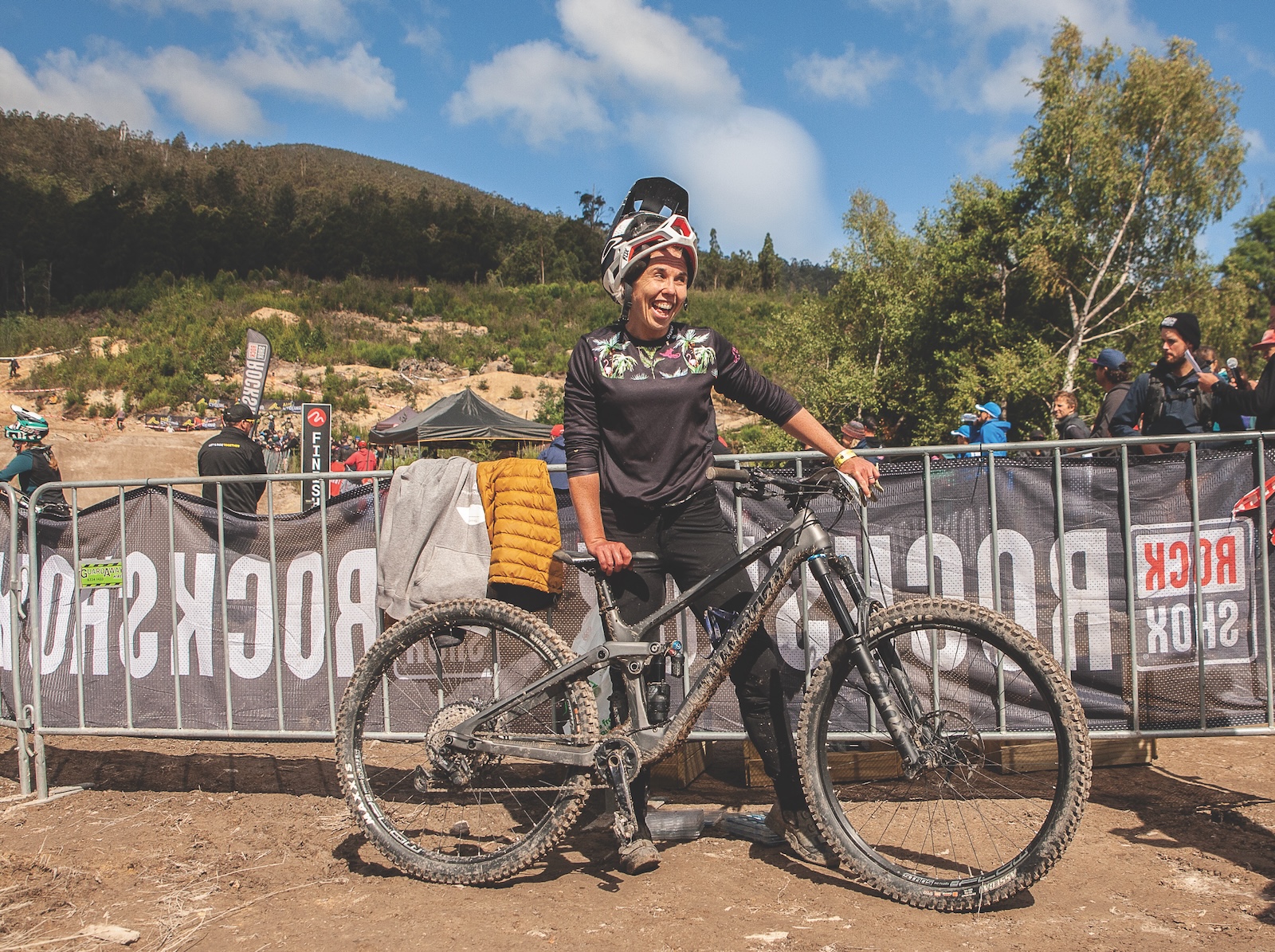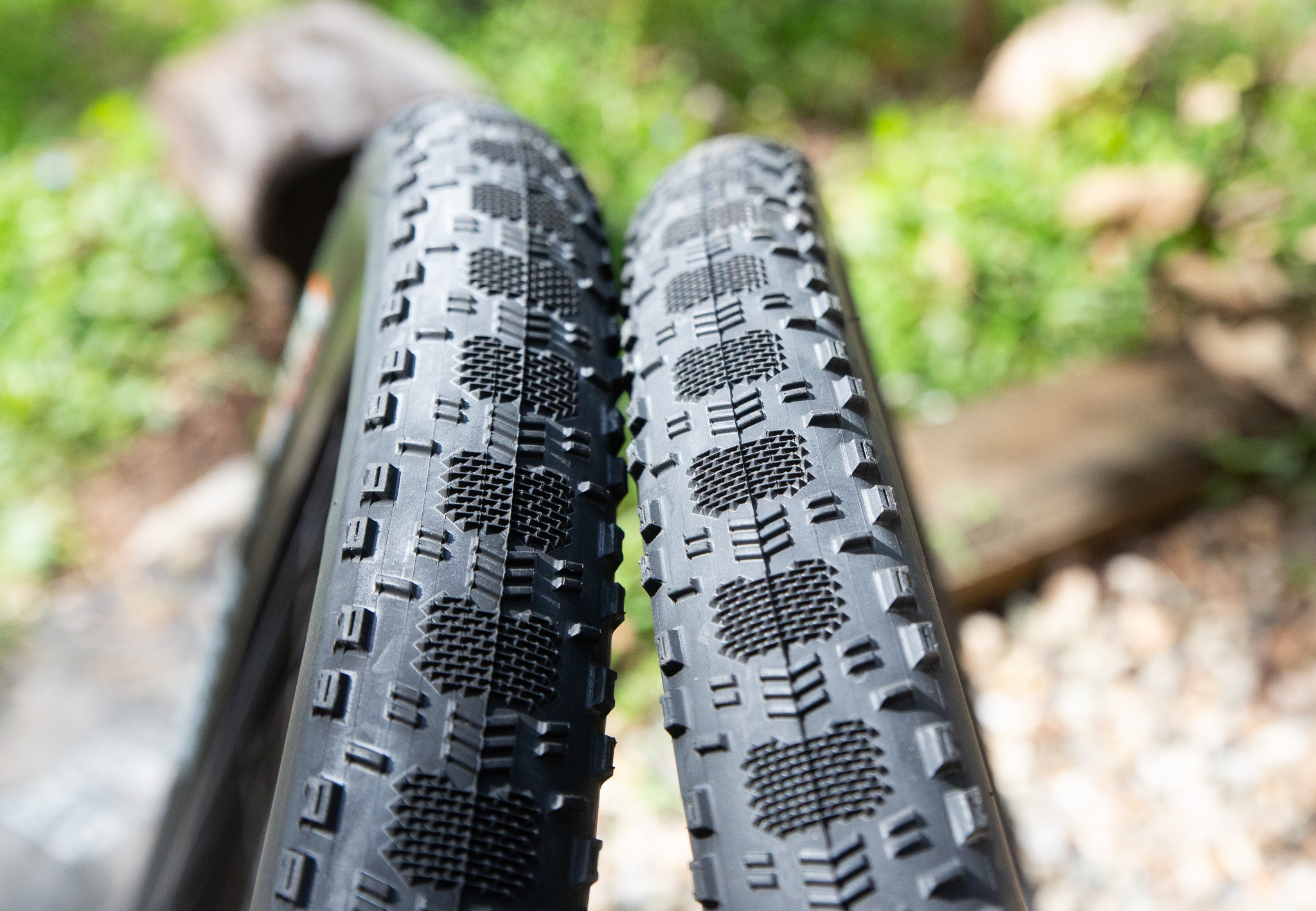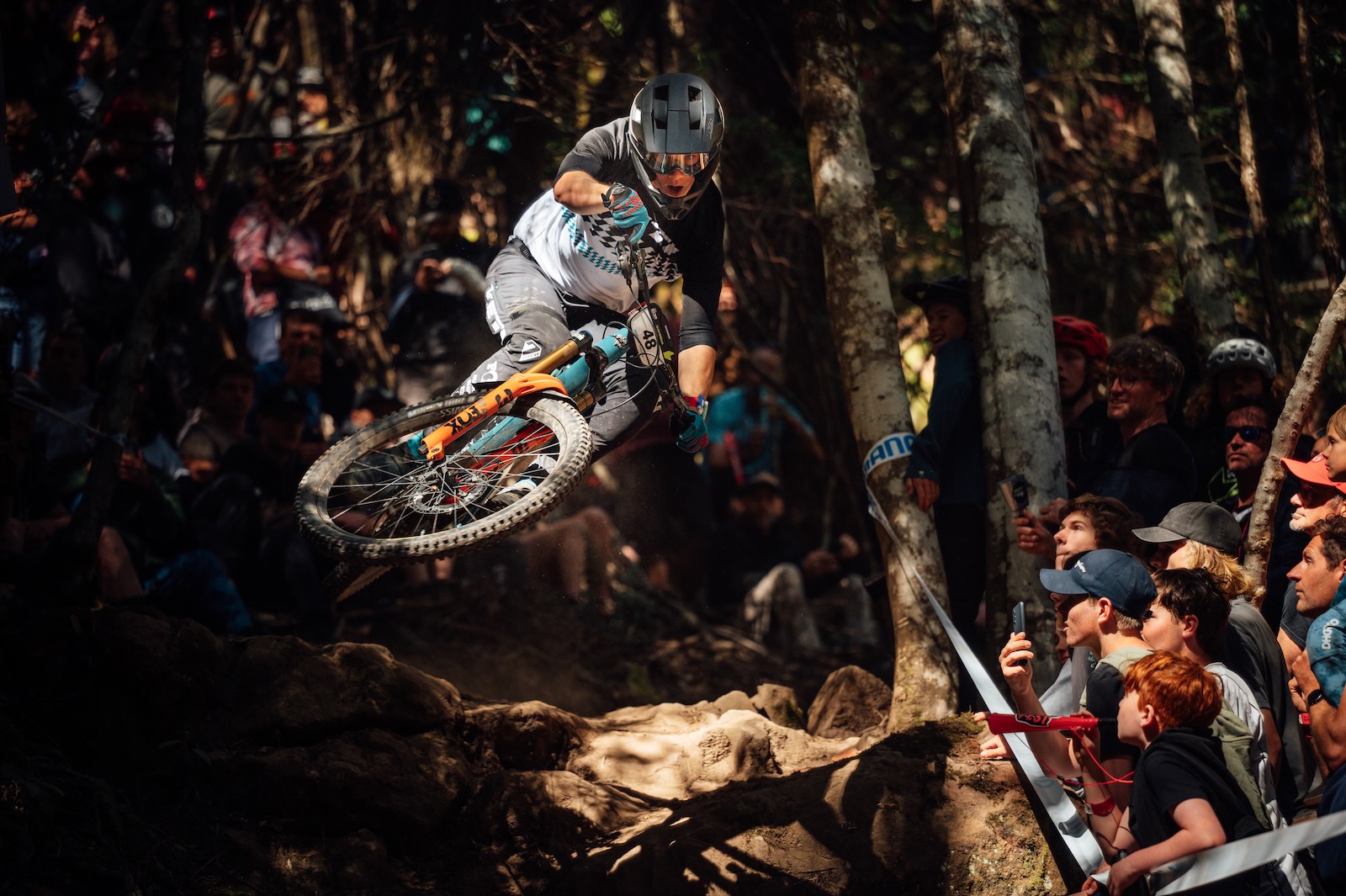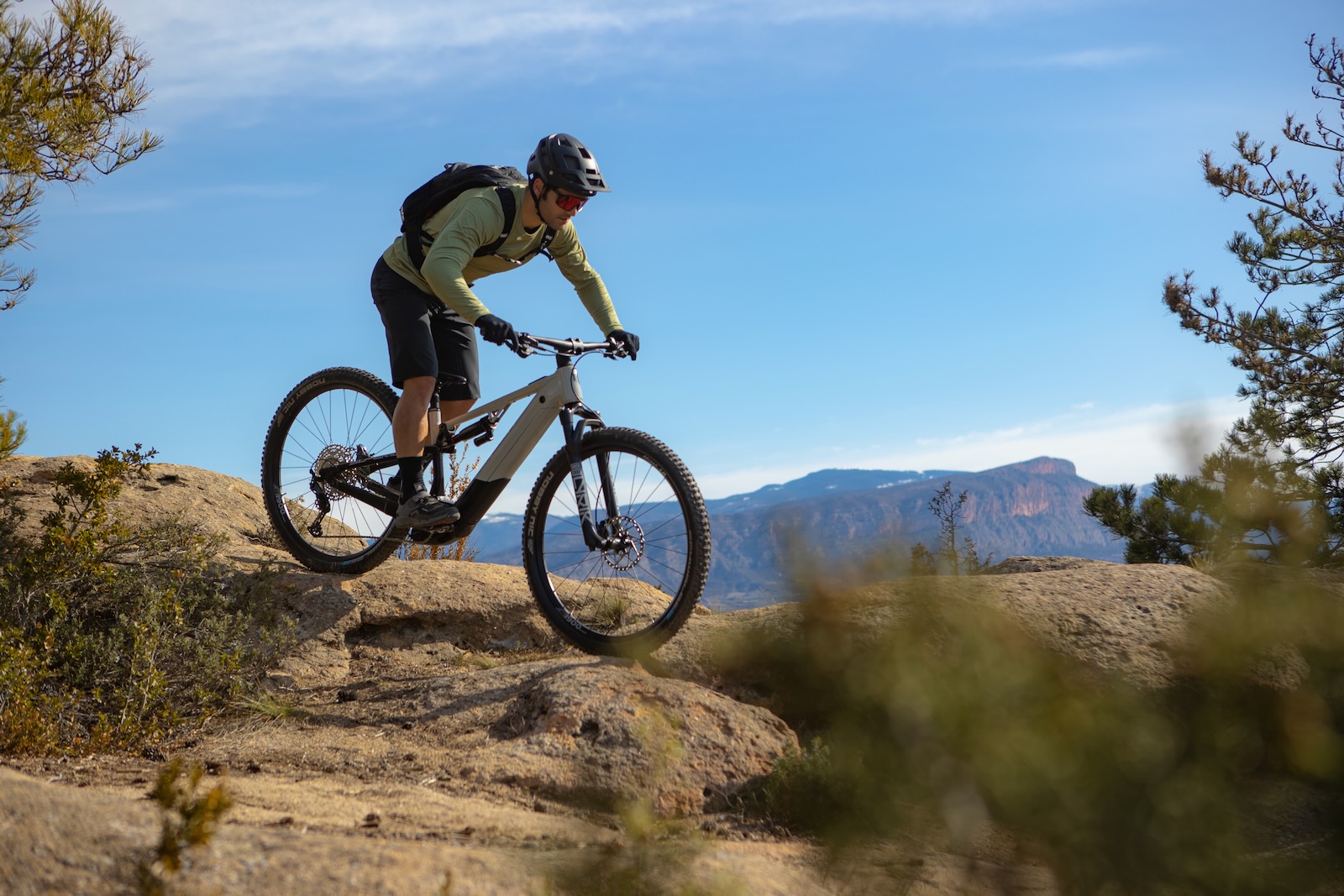Cycling with Rochelle Gilmore
Rochelle Gilmore sped through Delhi’s roads ‒ and thick air ‒ to claim gold in the Women’s Road Race in the 2010 Commonwealth Games.
We visit cycling in our popular monthly training-focused department so soon after the Lance Armstrong doping scandal for the mere fact there does remain a base of science, art and bloody hard work behind most cycling podium finishes. And that, believe it or not, not every pedaller has peddled bad vibes which collectively over the past decade have crippled the sport’s integrity in the eyes of the outsider. One of the good ones is Rochelle Gilmore, the owner of the UCI professional cycling team Wiggle Honda (backed by the Belgium flavour of Honda).
Our learned readers would remember Gilmore from the 2010 Commonwealth Games, where she sped through Delhi’s roads ‒ and thick air ‒ to claim gold in the Women’s Road Race. Perhaps the more cycling-centric among you would also know that Gilmore has three World Cup gold medals, two World Track Championship silvers and two other Comm Games silvers in her trophy cabinet. Gilmore has achieved all that and more, but her most treasured event each year remains the Share The Road Tour, which aims to reduce the incidence of death and injury of cyclists (this year’s event will involve riding a lap of Tasmania). It’s conducted by the Amy Gillett Foundation, born out of the death of Gilmore’s great mate, who was killed by a teenage motorist while training with national team-mates in Germany in 2005.
These days the 30-year-old Gilmore shares her time between her home in the Italian Dolomites during the European racing season, and Cronulla for local hit-outs, such as the casual, but much-respected, Noosa tri festival, where we caught up with her over an ice cream – not part of her regular racing diet …
HOME SWEET HOME
“I live in Italy, in the heart of the Italian Dolomites [a mountain range located in north-eastern Italy], which is a little bit strange for a sprinter, because there’s no flat anywhere. The climb to my house is 25km, just to get home every day. I live there because it’s the most beautiful place I’ve found. My house is on a small pass 10km away from San Martino di Castrozza, a famous ski resort. When I turned professional in 2002, I was with an Italian team and I guess I was a little bit naive and thought I’d always ride with the same team, so I bought a house in the area and became a resident of Italy. I’ve been there for 12 years now.
“Where I live is within riding distance from many famous passes the men ride in the Giro d’Italia. There’s Passo Pordoi, Passo Fedaia [Marmolada], Passo Duran … If Australians were to come over and ride the famous passes of the Giro d’Italia, it would be a good location to base. You could just ride to each of the passes – do one a day … ”
YOU DO WHAT?
“It’s very difficult to explain to Australians what I do for a living. They just don’t get it ‒ because it’s not cricket, football or tennis. People will ask, ‘Oh, what do you do for a job?’ And you say, ‘I’m a professional cyclist.’ And they ask, ‘What?’ … ‘I’m a cyclist, I ride a bike.’ ‘What, like a road bike, on the road?’ … ‘Yeah.’ After a bit of silence, they’ll say, ‘But you work as well’ … ‘No, that is what I do. That’s my job.’
“I guess, in Australia, it’s a very awkward question: what do you do for a job? I’m always at, say, appointments for hair, or getting my nails done in the middle of the day, so people assume I don’t work, or they ask, ‘What do you do for work? You’ve got money, but you don’t work. You’re never at work.’ They don’t realise I’ve been up since 4.30am riding until 8am and I have to go to the gym this afternoon, but … ”
OPEN ROAD
“Cycling training regimes tend to be very scientific these days. I’m coached by Dave Martin and Eric Haakonssen from the AIS. Every day I train I have a chart in my back pocket that tells me which heart-rate and what power output I need to achieve for certain ‘intervals’. There are days where I go for a four-hour ride – and I just ride. That’s probably twice a week. The other days my intervals might be six one-minute maximum power efforts, or it might be ten repeat sprints, with a two-minute recovery between sprints. Sometimes I do motor pacing, where I sit behind a car at really high speeds of 60km/h for an hour or two to develop and maintain leg speed. It’s more of the same type of speed you’d do in the race – overcompensating. There are quite a few different types of sessions. Of course, there are also hill sessions, where I’ll climb at a maximum power output for eight minutes, and then roll back down and do it again – six times.”
AROUND THE WORLD
“While racing in Europe, we wouldn’t have more than a week at home. Sometimes we’ll race ten days in a row, have two days off, race two days in a row, have ten days off to get to the next event start … In April we have a lot of one-day races ‒ sometimes three in a row, then one day off, then another three-straight days of racing. The season starts in Qatar in January, and after Qatar there’s a World Cup in South Africa, and then we move to Europe and do all }the classic-type races through April in Belgium and Holland. Then we go to China in May. After China we go to Canada, race in Idaho, then Philadelphia, then we come back and race in Spain, and get ready for the Giro d’Italia, the tour of Trentino in Italy in July … Then we race in Scandinavia, Sweden, France. And then at the end of the season we have a tour in Holland. It’s a huge program, a lot of travelling.”
SQUAT THE HELL?
“The AIS scientists know what works and doesn’t with me, because I’ve been working with them for ten years. They can look back and say, ‘When she won this big race, this is what she was doing in the six months before.’ As a consequence, I’ve just returned to Australia for an eight-week gym block, which means three days a week I’m in the gym. The main exercises I do are lunges, single-leg squats, single-leg presses, powercleans and Romanian deadlifts ‒ most of my exercises and gym work are based around doing squats. We do squats and we do one-legged squats. One session I’ll do squats, and the next I might do one-legged squats. And then powercleans and lunges as well. “Anything that’s single-leg and lunge-focused is a real killer. I started a week ago and today’s the first day I’ve been able to walk normally! I haven’t been able to bend my legs to sit down on the couch or anything. I was sore in my quads for a week – it took that long for the muscles to repair themselves. It’s really painful stuff. At the start of the program in the first couple of weeks, it’s very tough and it affects the stuff you do on the bike.”
EAT THAT
“The eating schedule for the very top athletes is very strict. On race day, a typical top-class cyclist always eats a high-carbohydrate meal three hours before ‒ so you go to the toilet before you race and you’re not full. It’s just the accepted magic time frame. Everybody in Europe does a meal three hours before. It’s normally pasta. The real serious athletes will just have spaghetti or penne, but without sauces or anything … Maybe with a bit of oil. The more plain the food is, the less chance you have of feeling uncomfortable during the race. So just plain pasta, or white rice with a bit of oil.”
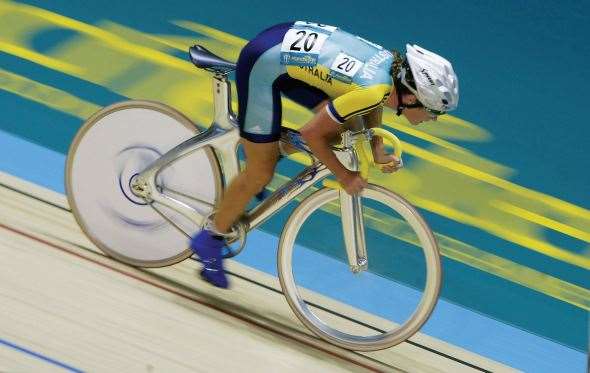 In a previous life, Gilmore was a track star. She struck Comm Games silver in 2002. Image: Getty Images
In a previous life, Gilmore was a track star. She struck Comm Games silver in 2002. Image: Getty ImagesIT IS ABOUT THE BIKE
“I ride a Colnago. It’s an Italian brand … like the Ferrari of cycling. I think it’s one of the most expensive bikes you can buy. I ride it because my team is sponsored by Colnago
and I’ve always chosen Italian machines for my teams. I’m fortunate to ride one because the performance between all the big brands is probably not that much different … so we enjoy having a slight advantage.
“My bike has the new electronic gears. I used to think they were a gimmick. We’re used to having cables, which seem much more reliable, but the electronic set-up is just like magic. It’s hard to explain unless you’re a cyclist, but the gear changes are so smooth, and so responsive, straight in the right spot. The front derailleur automatically adjusts itself, so the chain always remains dead-straight, which means you can apply more force through the pedals when you’re changing gears. With mechanical gears, you have to let the pressure off the pedals a little when you’re changing gears, but with electronic, you can keep pushing really hard when you’re changing.”
THE EDGE
“Equipment is extremely important. You see athletes go to so such extremes with their dieting and training, and then don’t put any effort into the mechanics of their bikes. I personally believe that people trying to get an extra one per cent performance out of their body could probably get 25 per cent out of their bike if they put the effort in. I’m not talking about men’s cycling, because they have mechanics who are specifically always looking for the edge. In women’s cycling, I’m sure a lot of the girls wouldn’t have checked that all the cables are running smoothly and that they’re oiled well and that all the bearings are greased well and the pressure’s right in the tyres. And that the tyres are new and that they’re right for the conditions and cornering … There’s a lot you can get out of your bike if you really pay attention to it.”
FALLING DOWN
“I had a really bad fall in 2011 in the Giro d’Italia. It was about the fifth stage ‒ we’d been racing for a few days and everyone was starting to get a bit tired. It was extremely hot. We were 200m from the finish line after a 130km race. We were coming in to Verona on cobblestones. It was a mass sprint – there were about 130 girls sprinting at about 60km/h. I was one of the leaders, but locked handle bars with a Russian girl, I think. We both pulled, both came down … and 30 or 40 girls tumbled over the top. And it was just a mess.
“I was in a bit of a daze, then I got up and finished ‒ you have to cross the line if you want to start the next day. Then I just sat there. Everyone kept asking me if I needed help and I was telling them, ‘Nah, I’m alright, I’m just going to go back to the hotel like this to have a shower.’ I didn’t have too much skin off because we fell on really smooth cobblestones, so when we got back to the accommodation, I went to get out of the car and I couldn’t walk. So I had to go straight to the hospital. I’d broken my pelvis in two places, my back and three ribs.
“I was pretty sore everywhere … my back, my ribs. Maybe I had a little bit of concussion ‒ a few days after that I started to throw up. That was the worse crash I’ve ever had, for sure. And it didn’t seem that bad at the time.”
COMPETITIVE
“It’s a little bit embarrassing to admit, but I guess winning is self-satisfaction, for sure, but it has to be the attention that comes with it as well. It just feels good. It’s very egotistic to think that you have to prove to yourself or to other people that you’re better than everyone else to get a good feeling. It’s really strange. That’s why athletes, by nature, are extremely selfish. I don’t think there are any athletes at the top who aren’t. You have to be, to be the best. It really is a weird thing, and I’ve had it since I was three years old. I raced in the under-five boys and if I didn’t win, I was affected. I just wanted to win.”

